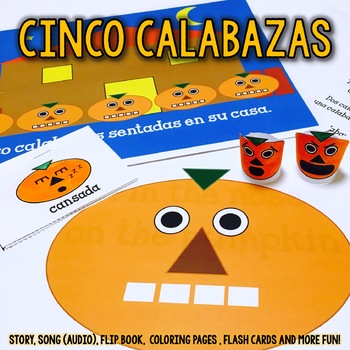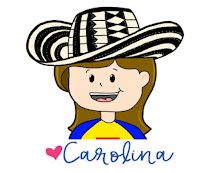Sí, no
- Use a similar procedure to the one used in the previous activity “Las vocals”
- Ask the puppets different questions, and if possible, use pictures. For example:
- Use similar and simple questions. Then have the puppet ask the children the same.
- Introduce the song and have the children sing along with the puppet.
The Groundhog will be out soon!
The Groundhog will be out soon and we need to get ready to say “hola” in our classes. You might like to try this in your classes:
Teaching Tips
With older children, tape a piece of white paper on a wall and project their shadow using a flashlight. Have the children take turns and trace a few shadows.
Have a set of flashlights and have one part of the class chase the other part with a flashlight. In family classes, parents or caregivers can play with the shadows along with their child.
Hide the groundhog in the room and have the children find it.
Dance to the rhythm of “La Marmota” song. Sample the song on Amazon.
Halloween Song: Cinco Calabazas
Cinco calabazas sentadas en su casa,
Author: 1-2-3 Spanish Together™ ©2009
Have fun singing in Spanish!
Carolina
First Week of School: Two Songs for Teaching Greetings & Introductions
Hola, amigas ¿cómo están? (Hi friends -girls-, how are you?)
Activities:
• Use a friendly puppet to introduce the song. Have a short interaction with the puppet:
You: Hola, ¿cómo estas?
Puppet: Muy bien gracias
Puppet and you: Bienvenido, bienvenida a la clase de español .
• Pass the ball in the circle asking each student “Hola, ¿cómo estas?” and giving them the opportunity to answer “muy bien gracias”.
Invite students to volunteer using two puppets with the same question and answer.
• Make instruments with recycled materials such as cereal boxes, milk bottles, and spoons. Have students sing the song while playing instruments. Divide the class in two groups. Ask one side of the class to sing “hola, ¿cómo estas? And have the other group respond “muy bien”
Song #2: ¿Cómo te llamas tú? / What’s your name?
Click here to sample or buy song
A, E, I, O,U
¿Cómo te llamas tú?
Yo me llamo Julián
A, E, I, O, U
¿Cómo te llamas tú?
A, E, I, O, U
Yo me llamo Alana
Activities:
• Bring a puppet to class. Introduce it by saying “Yo me llamo ….”(my name is), and then say “¿Cómo te llamas tú?” (what’s your name) pointing at the puppet and have the puppet respond to you.
• Have a puppet ask the children in class ¿cómo te llamas tú?
• Have the class stand up in a circle. Throw a ball while asking “¿cómo te llamas tú? They should respond by saying “yo me llamo…” or simply say their name and throw the ball back to you, and then proceed to sit back down.
• Variation:
The student with the ball responds to the question saying “Yo me llamo…” and then throws the ball to another classmate asking “¿Cómo te llamas”. Once their classmates answer, the student who had the ball previously can sit. The game continues until they are all seated.







